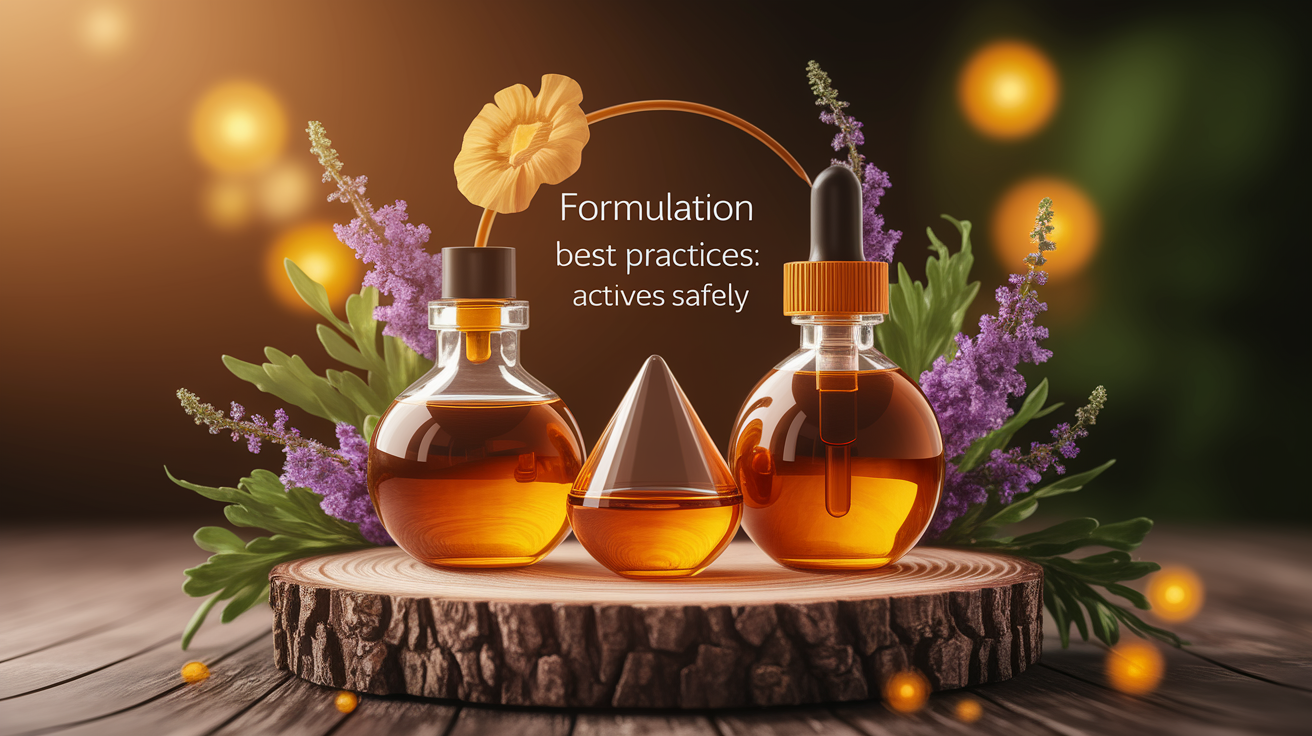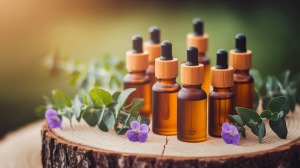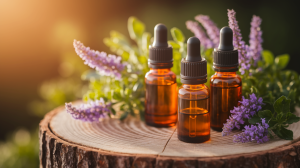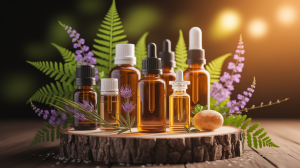First Light: Fermentation Meets Essential Oils
Picture this: a jar of cream that smells faintly of lavender, but inside, it’s brimming with invisible life—fermented botanicals working their quiet magic. That’s the magic spot where the aromatic power of essential oils meets the nutrient-rich depth of the fermentation process. Fermented skincare ingredients, whether they come from kombucha or galactomyces filtrate, are the result of letting beneficial bacteria and yeast transform plant-based materials into something gentler, more potent, and more skin-friendly. When you add essential oils, those concentrated plant extracts loaded with bioactive compounds, it’s like inviting a bold guest to a quiet dinner party—they might bring incredible conversation, or they might overpower the room.

Unlocking Synergy: Benefits of Pairing Essential Oils with Fermented Ingredients
Now, when it works, it’s downright luminous. Fermented ingredients boost bioavailability, meaning your skin can absorb and use active compounds more effectively. That can make essential oils—already rich in antioxidants, antimicrobials, and anti-inflammatory agents—even more impactful in a topical application. Think of fermented face oils, designed to integrate seamlessly with the skin’s microbiome, paired with gentle oils like chamomile or lavender for a calming effect. The probiotic and prebiotic elements from fermentation can help balance the skin barrier, while the botanical extracts from essential oils add targeted benefits. It’s a kind of skincare layering that feels both indulgent and purposeful.

For instance, pairing a lactobacillus ferment serum with a drop of rose or frankincense oil can result in a radiant, hydrated look. The fermented peptides act like VIP passes for the oil’s compounds, guiding them deeper into the layers of the skin while supporting microbiome balance.
Potential Pitfalls: When Essential Oils Hinder Fermentation
But here’s the twist—sometimes essential oils can be a little too good at their job. Their antimicrobial properties can disrupt the beneficial bacteria and yeast that give fermented skincare its unique benefits. Imagine bringing tea tree oil, with its sharp antimicrobial punch, into contact with a probiotic cream—the essential oil may start erasing the very microbes meant to strengthen your skin’s natural defenses. Citrus oils, while bright and uplifting, may not play nicely either, especially if they cause sensitivity when combined with potent fermented extracts.

Plus, layering too much at once can heighten risks—skin sensitivity reactions, changes to skin pH levels, or even diminishing the effect of those fragile fermented compounds. It’s not about never mixing; it’s about knowing how to let each ingredient have its moment without crowding the stage.
Formulation Best Practices: Balancing Actives Safely
Balance is the name of the game. When crafting or choosing cosmetic formulation blends, keep essential oil dilution in mind—low concentrations (often under 1% for leave-on products) are enough to add aroma and functional benefits without overwhelming the fermented components. It’s also wise to consider ingredient compatibility: certain fermented plant extracts can handle stronger oils, while others require gentler companions.

- Layer slowly—let fermented skincare absorb before adding essential oils on top.
- Opt for microbiome-friendly oils like lavender or frankincense rather than potent antimicrobials in probiotic-rich creams.
- Use patch testing to catch any early sensitivity reactions.
- Consider pH stability—some essential oils can shift the pH, affecting fermentation benefits.
Think of this as a choreography: each element has its role and timing. Done right, it’s a graceful dance of natural preservatives and fermented peptides working together on your skin.
Real-World Applications: Crafting Your Routine
Mixing essential oils with fermented skincare doesn’t mean dumping them in the same jar—it’s often better in sequence. In the morning, a kombucha-based serum can prep the skin, followed by a moisturizer lightly infused with botanicals. At night, a fermented rice water essence might set the stage before you press in a drop of oil during your facial massage. Even facial steaming with aromatherapy blends can follow fermented masks without conflict, as long as there’s time in between for absorption.

If you love tea tree oil for blemishes, try applying it as a spot treatment after your fermented serum has fully settled. For microbiome balance, probiotic creams combined with diluted lavender oil can feel like a hug for your skin—warm, comforting, and effective without overstaying their welcome.
Final Blend: Your Path to Radiant Skin
When fermentation and essential oils meet on good terms, the result is skincare that feels alive—awake—with textures, scents, and effects that make the daily ritual a little more magical. It’s a balance of science and sensory pleasure: the quiet transformations of botanical fermentation alongside the vibrant spark of aromatherapy. Respecting their individuality, understanding where they support and where they clash, is the secret to unlocking synergy. And in that sweet spot, radiant skin isn’t just possible—it’s inevitable.











